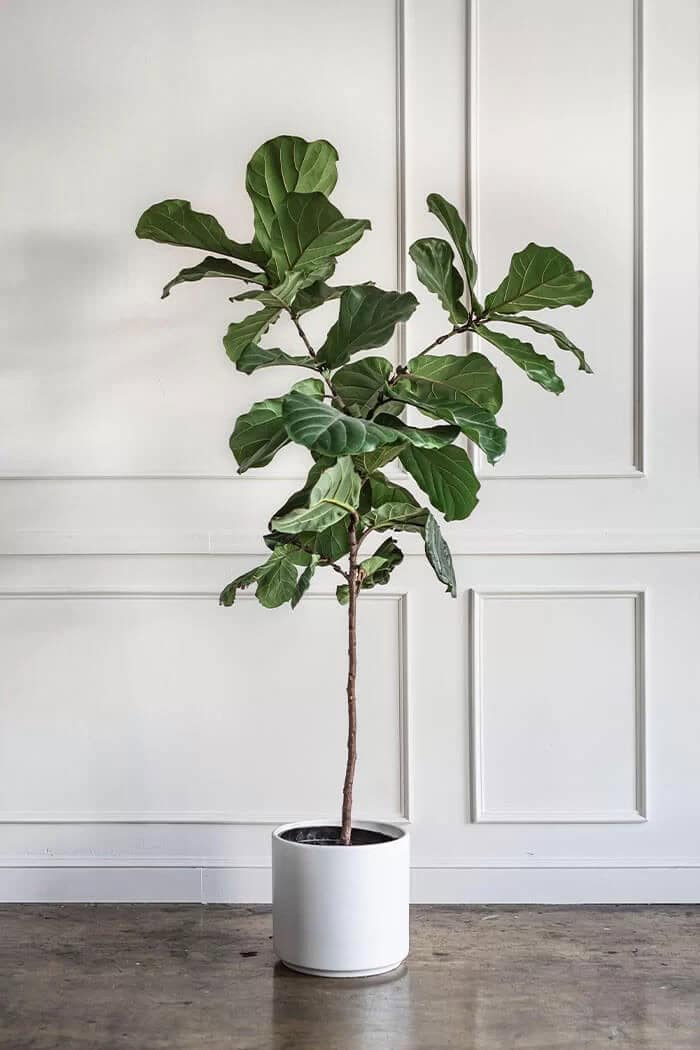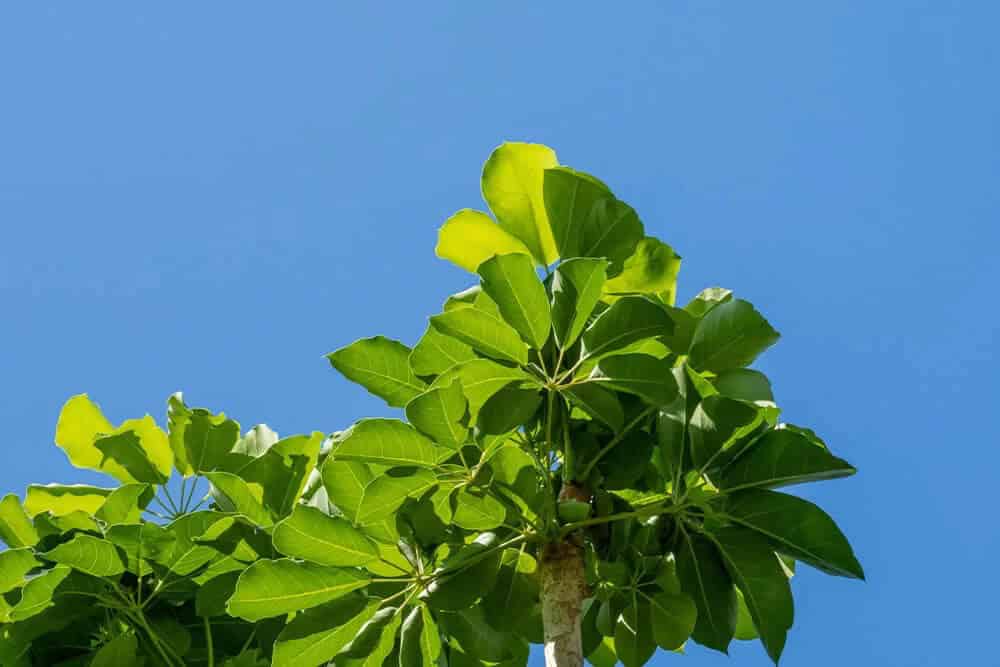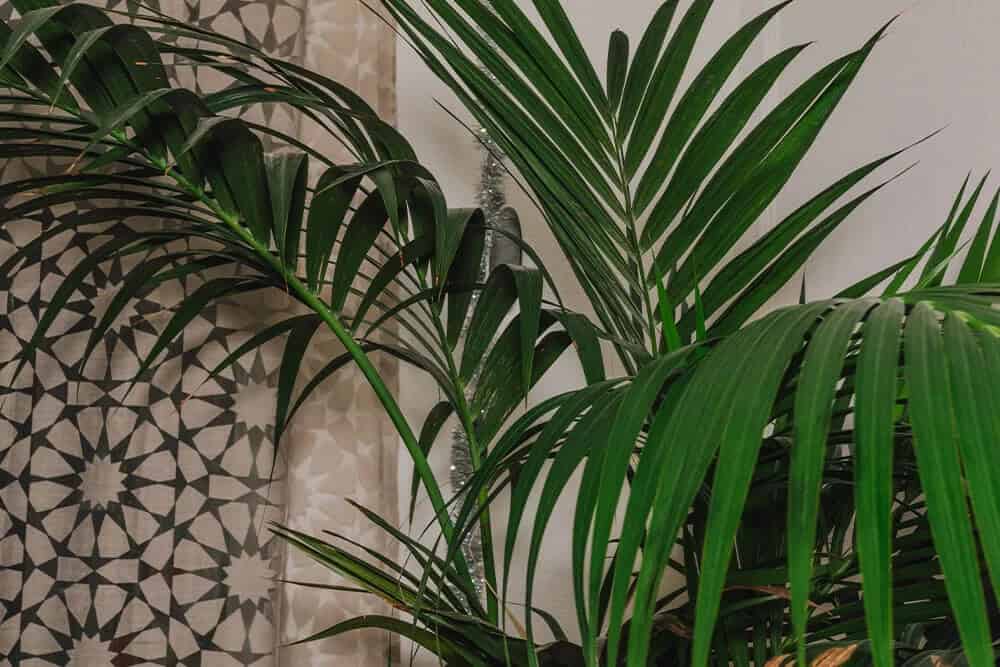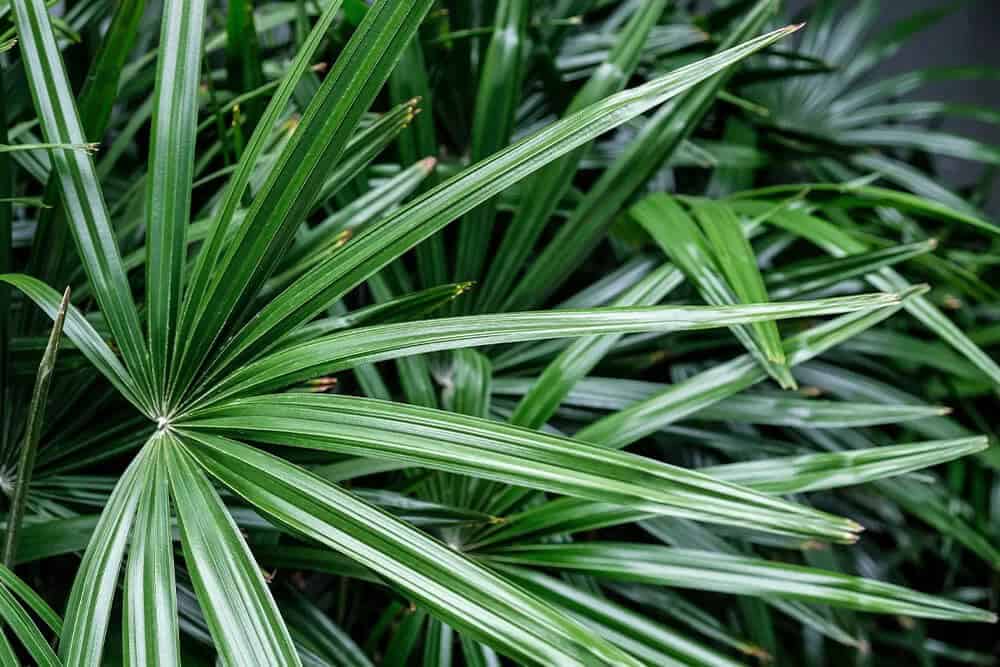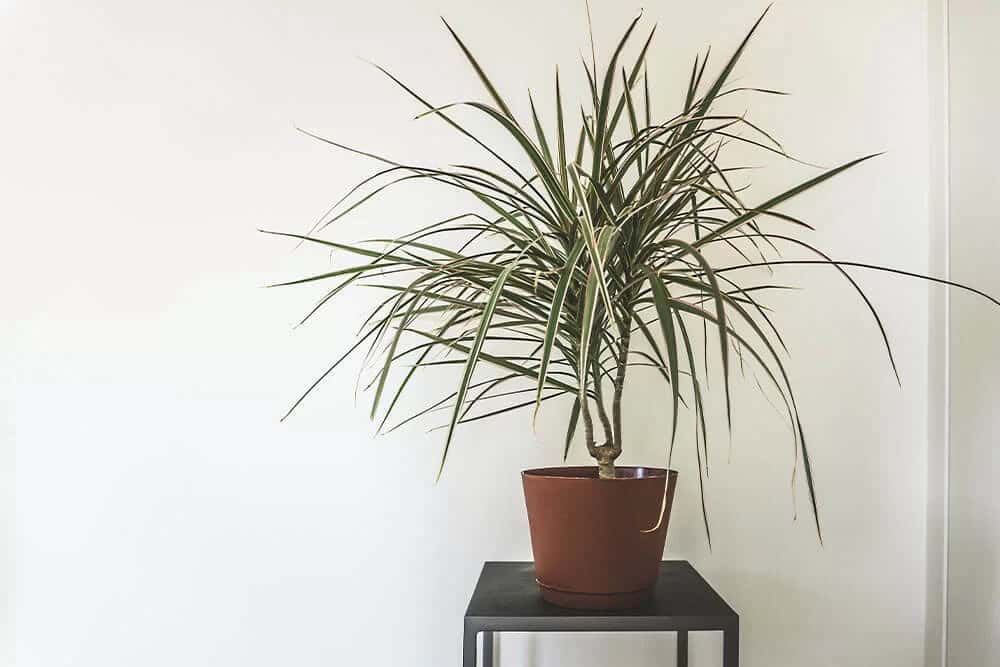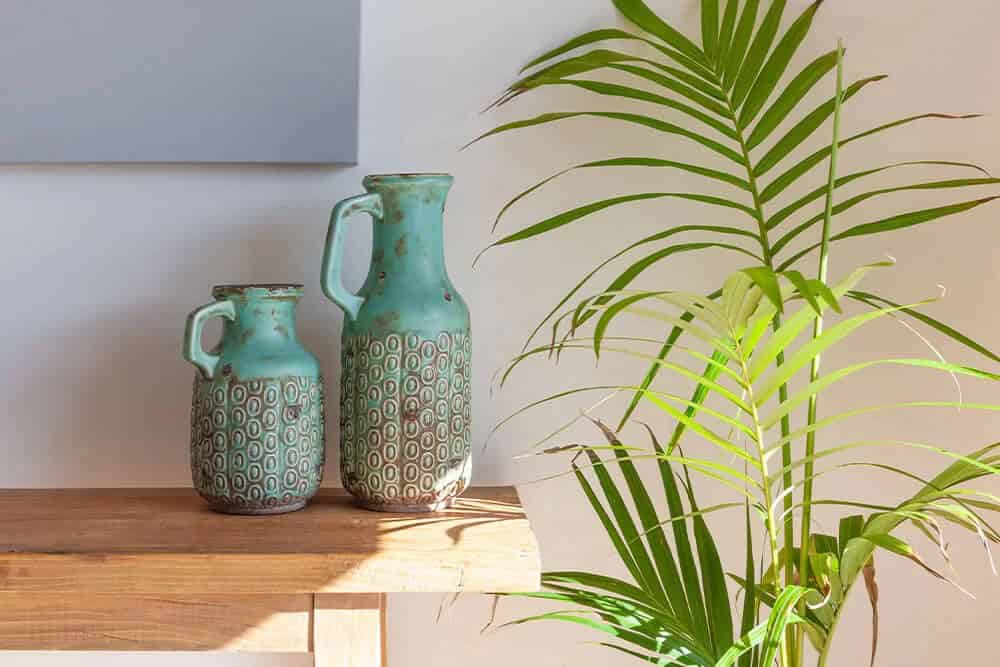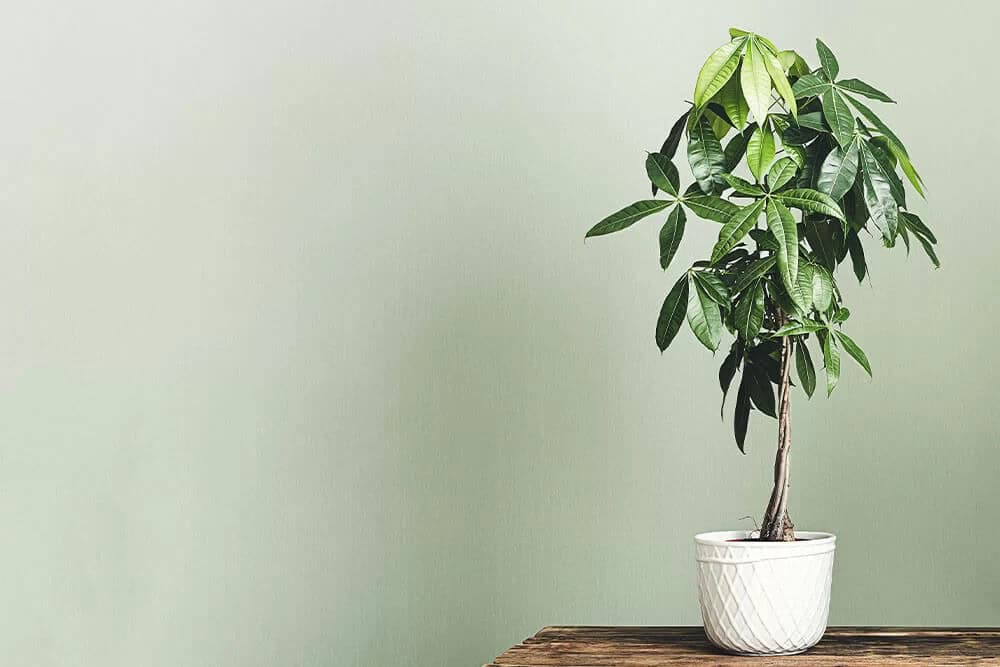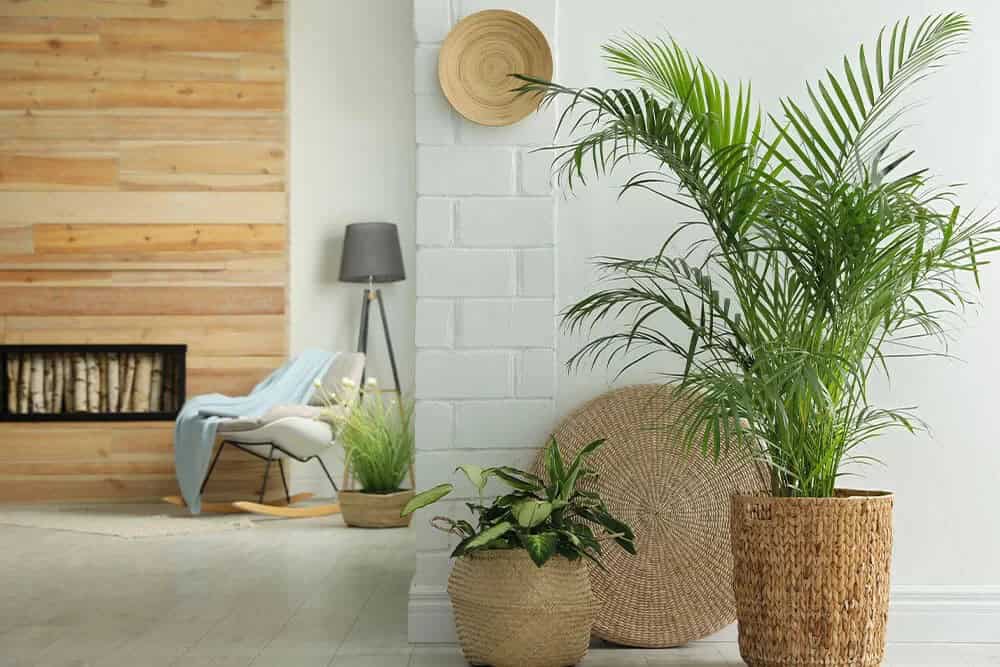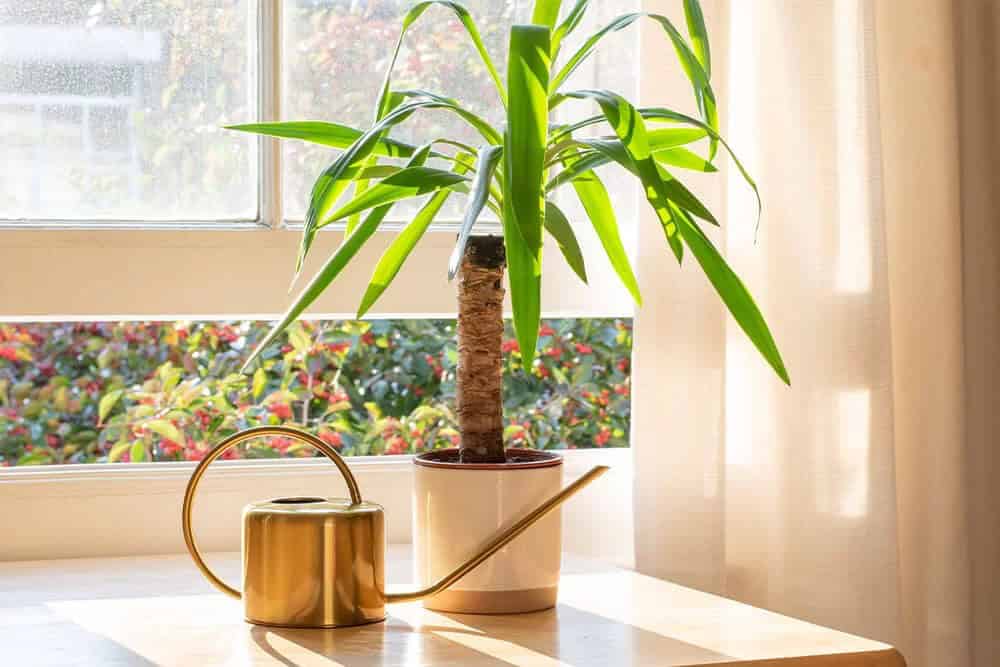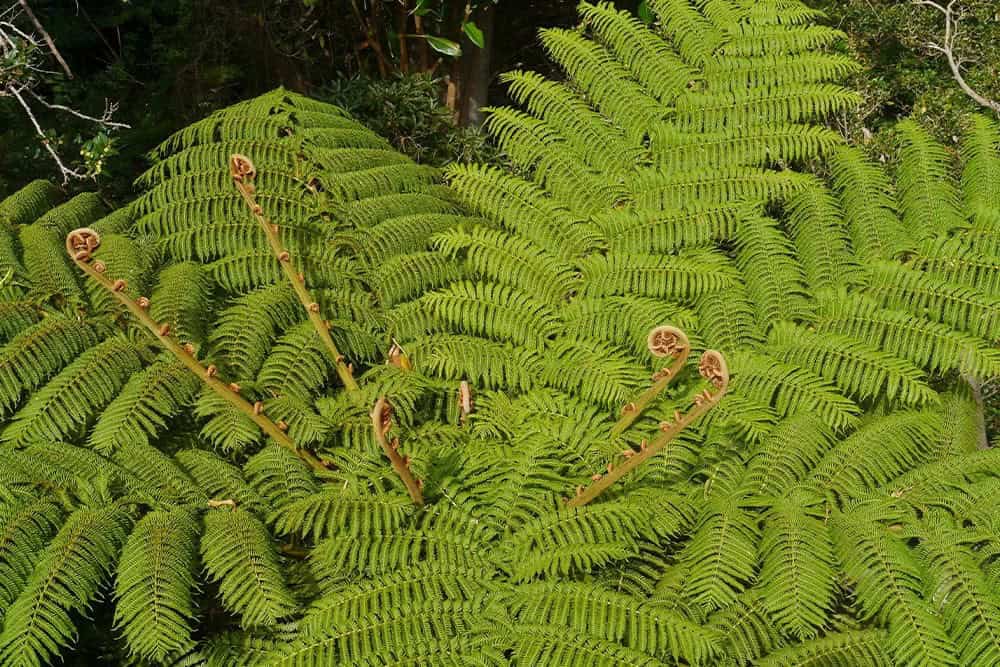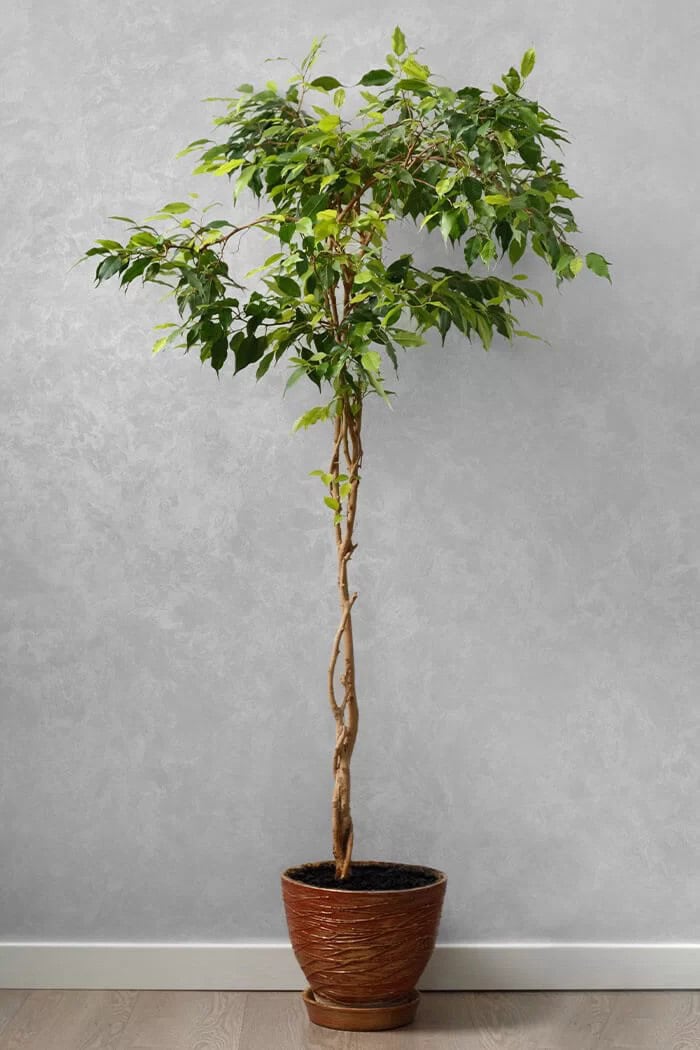Indoor gardening can be a fantastic way to add a touch of elegance and vibrancy to your living spaces. But, let’s face it, cultivating a thriving indoor garden isn’t always easy. In fact, indoor gardeners often encounter unique challenges that don’t affect their outdoor counterparts. One such challenge is the scarcity of sunlight – a problem we’ll address by highlighting the most stunning low-light indoor trees perfect for growing in environments with limited light exposure.
Key Takeaways
While individual low-light indoor tree species exhibit distinct characteristics, several common threads run through them. First and foremost, many of these trees thrive in containers, allowing them to be perfectly at home in indoor spaces. The list is also notable for its prevalence of palm and ficus varieties. Notably, low-light indoor trees tend to remain compact, rarely reaching the same sizes as their outdoor counterparts.
Additionally, while all trees on this list can tolerate low light, some still exhibit a preference for more illumination. Lastly, foliage often takes center stage in these tree species, with many boasting striking and ornamental leaves.
16 Amazing Types of Low-Light Indoor Trees that Make Your Home Look Lush
Alii Ficus (Ficus maclellandii)
The first species on our list is the Alii Ficus, a member of the Ficus genus that stands out from its peers due to its distinctive leaf morphology. The leaves of this unique plant are long and slender, tapering to a point – a characteristic that has earned it the nickname ‘banana leaf fig.’ While some gardeners enjoy pruning their Alii Ficus to create visually appealing shapes, it’s equally impressive when left unpruned.
To thrive, this species requires consistent soil moisture, with occasional misting to maintain its preferred humidity levels.
Bamboo Palm (Dypsis lutescens)
Despite its name, the bamboo palm tree is not a true bamboo species at all. Instead, it’s a unique plant that shares a striking resemblance with bamboo. Its appearance features multiple stems shooting directly upwards from the soil, adorned with thin foliage. One of this plant’s most impressive qualities is its ability to thrive in low-light conditions, making it an ideal choice for indoor spaces. Additionally, its compact size makes it easy to manage and maintain.
Typically, this plant grows between four and eight feet tall indoors, although outdoor growth can reach much greater heights in warmer climates like zone 10 and beyond.
Corn Plant (Dracaena fragrans)
In stark contrast to its name, the corn plant is not a crop that can be harvested for culinary purposes. Instead, it’s an ornamental species that thrives in low-light indoor environments due to its remarkable ability to adapt to limited sunlight. Characterized by one or more sturdy main stems that typically reach heights of only a few feet, these plants are adorned with oval-shaped leaves showcasing a kaleidoscope of colors.
The dominant hue is usually green, with streaks of light yellowish-green running through the center, creating an eye-catching display.
Fiddle Leaf Fig (Ficus lyrata)
The fiddle leaf fig tree has earned its spot as one of the most sought-after indoor plants in America. Its remarkable ability to thrive in low-light conditions plays a significant role in its widespread cultivation. The plant’s instantly recognizable leaves are its most striking feature, with each one measuring over 12 inches long and boasting an elongated oval shape punctuated by wavy edges.
What’s surprising is that despite the grandeur of its leaves, the fiddle leaf fig itself remains compact. Typically, it develops a slender main trunk that reaches only a few feet in height when grown indoors.
Hawaiian Umbrella Tree (Schefflera arboricola)
The Hawaiian umbrella tree’s unique foliage makes it a fascinating addition to indoor spaces. The radial arrangement of leaves at the end of each branch, combined with their drooping shape, creates an umbrella-like effect that adds visual interest. However, before bringing one home, it’s essential to understand its requirements for optimal health. One key factor is consistent moisture, which can be challenging to maintain indoors, particularly during winter months when heaters are in operation.
To combat dry indoor conditions, regular misting is crucial. Moreover, it’s vital to monitor and adjust watering schedules to ensure the soil maintains a consistent moisture level.
Kentia Palm Tree (Howea forsteriana)
When seeking a palm tree variety suitable for indoor environments with limited natural light, consider the Kentia palm tree. Native to Australia, this species can grow remarkably tall – exceeding 50 feet in ideal outdoor conditions. However, when cultivated indoors, you can expect it to be significantly shorter. A major advantage of the Kentia palm tree is its low-maintenance requirements once established in its new environment.
This means you can appreciate the elegant feathery leaves without feeling overwhelmed by an extensive care routine.
Lady Palm (Rhapis excelsa)
The lady palm tree stands out from other palms on this list in its multi-stemmed structure, which gives rise to dense clusters of shoots as it matures. The leaves that adorn these stems are notable for their substantial size – often spanning several inches across and reaching lengths of around a foot or more. This distinctive feature has led some to refer to the lady palm as the broad-leaved palm or broad-leaved lady palm.
In its mature state, the tree typically reaches heights between 4-5 feet, though it’s worth noting that this growth is not exactly rapid. In fact, the lady palm’s slow growth rate can be a significant advantage for indoor growers with limited space, as it eliminates the need to worry about the plant outgrowing its designated area.
Madagasgar Dragon Tree (Dracaena marginata)
The Madagascar dragon tree’s allure lies in two distinct characteristics that make it a highly coveted houseplant. Firstly, its unique appearance is as captivating as its name suggests. The plant boasts a striking display of slender foliage, forming a spiky and textured mass atop a pale grey stem. This visually appealing trait has contributed significantly to the tree’s popularity.
Additionally, the Madagascar dragon tree stands out for its remarkable ability to thrive in conditions that would be suboptimal for many other plants. Its capacity to withstand less-than-ideal maintenance routines makes it an attractive option for novice indoor gardeners, who can now enjoy the beauty of this plant without worrying about its finicky demands.
Majesty Palm (Ravenea revularis)
The majestic majesty palm boasts long, slender fronds that arise from a central point, unlike some other varieties that feature fan-shaped leaves. When grown outdoors, this stunning species can reach heights of over 100 feet, but its indoor counterpart is much more manageable, thanks to the constraints of container growing. This compact version makes it simple to maintain in your home, where you can appreciate its unique beauty.
Money Tree (Pachira aquatica)
The money tree’s adaptability to low-light settings is remarkable, as it cannot tolerate direct sunlight indoors. Placing this plant in a spot receiving full sun will likely lead to its lush leaves losing their vibrancy and appearing unhealthy. Conversely, when situated in low-light conditions, the foliage takes on a rich green hue, while the trunk becomes an ornamental asset. To showcase the trunk’s beauty, training it into a braided shape from an early age is highly effective.
The harmonious blend of this braided trunk and lovely leaves creates a visual statement that few other plants can rival.
Norfolk Island Pine Tree (Araucaria heterophylla)
While the list features various palm and ficus tree species, it’s crucial not to assume all suitable low-light indoor plants belong to these groups alone. A prime example is the Norfolk Island pine tree, which offers a distinct alternative for those seeking an unconventional indoor option. Characterized by its light green foliage with hints of lime green, this plant boasts a distinctive growth pattern featuring multiple slender stems that rise vertically.
The evergreen needles, arranged in tiered levels from base to tip, add an extra layer of visual interest.
Parlor Palm (Chamaedorea elegans)
The Parlor Palm Tree is another extremely popular indoor plant that thrives in indoor settings. Its dense foliage of thin leaves makes it an attractive addition to any room, and when young, it’s compact enough to grow on top of desks, coffee tables, or mantle pieces. To ensure its success, keep it away from direct sunlight and cultivate it in well-draining soil with regular watering.
A liquid-based fertilizer can also promote healthy growth, but this palm will maintain a slow to moderate pace regardless of fertilization.
Rubber Tree (Ficus elastica)
In Asia’s tropical regions, the Ficus elastica, more commonly known as the rubber tree, thrives. Its significance extends far beyond its role as a provider of natural rubber sap – you’ll more likely spot it in homes and offices than on commercial plantations. The rubber tree’s leaves are the real showstoppers: large, oval-shaped, and boasting an iridescent sheen that adds to their tactile appeal.
What’s more, this adaptable species is surprisingly resilient in indoor environments, where dry air can be a challenge for many plants. As a result, you won’t need to fuss over humidity levels or frequent misting to keep your rubber tree happy.
Spineless Yucca (Yucca elephantipes)
In stark contrast to other plants bearing the yucca name, the spineless yucca is an unexpectedly inviting species. This anomaly is largely due to its soft, pliable leaves that yield to touch, unlike the razor-sharp foliage of its more aggressive cousins. These supple leaves gather in a loose cluster atop the plant’s sturdy main stem, forming a distinctive crown. What’s more, this adaptable plant is surprisingly resilient, capable of thriving in a range of temperatures and soil conditions.
For instance, it can tolerate colder climes with ease and maintain optimal health in acidic, neutral, or alkaline soils. Moreover, it has a remarkable ability to flourish in sandy soils, often preferring these conditions over others.
Soft Tree Fern (Dicksonia antarctica)
Despite being unassuming, the soft tree fern – also known as man fern – is a unique and intriguing addition to the list of low-light indoor trees. While many are familiar with herbaceous ferns, this variety grows as a tree, yet still retains its characteristic fern fronds. Its slow growth rate only adds to its value as an easy-to-care-for plant, perfect for indoor spaces.
Weeping Fig (Ficus benjamina)
The weeping fig tree brings our list full circle with its remarkable ability to thrive in low-light indoor settings. This stunning ficus boasts luscious, glossy green leaves that cling to stems and branches with a subtle droop, giving it a distinctive weeping appearance.
But what truly sets this plant apart is the possibility of training its stems into an intricate braid, harmoniously combining with its unique canopy growth habit to create a true showstopper that will capture attention in any room. As you’ve likely discovered by now, low-light indoor trees often spark curiosity and questions, particularly regarding which varieties excel in these conditions and how best to care for them.
If you’re still seeking answers on these fronts, continue reading as the following sections delve into the intricacies of cultivating and caring for your new favorite low-light tree.
Frequently Asked Questions About Low-Light Indoor Trees
What Plants Grow Best Indoors in Low Light?
Before choosing the perfect tree to grow in your low-light indoor space, it’s essential to understand each plant’s specific growth requirements. In fact, plants that thrive indoors often prefer partial shade, full shade, or indirect light sources. Fortunately, there are numerous options suitable for indoor growth that specifically require low-light exposure. On the other hand, trees that demand full sunlight are not ideal for indoor spaces since they would rarely receive the necessary light.
By considering these factors, you can make an informed decision and select a tree that will flourish in its new environment.
What is the Most Low-Maintenance Indoor Tree?
While some indoor plants demand constant attention and specific conditions, there are several species that thrive without requiring excessive maintenance. These adaptable plants generally prefer lower light levels, minimal pruning, and moderate supplemental watering. Once they find a suitable environment, they’ll quickly adjust and become self-sufficient. Palm trees, in particular, are renowned for their ease of care, making them an ideal choice even for novice gardeners.
Ficus trees, too, can be successfully grown indoors with little effort, as most varieties are relatively low-maintenance.
Can a Ficus Grow in Low Light?
While it’s possible to cultivate a variety of ficus plants in low-light indoor settings, several species stand out for their ability to thrive in such conditions. The Alii ficus, fiddle leaf ficus, and the rubber tree – all part of the Ficus genus – are notable examples. Moreover, the diversity within this genus means you’re likely to discover additional options that can tolerate low-light indoor environments with ease.
What Plants Don’t Need Direct Sunlight?
While many plants thrive in direct sunlight, there are plenty of low-light options perfect for indoor spaces. By examining the growing requirements of various houseplants, it’s easy to identify which ones can tolerate lack of direct sunlight and which need it to survive. Plants that demand full sun or partial shade will likely not fare well without direct light. On the other hand, plants content with indirect lighting are ideal choices when direct sunlight isn’t an option.
How Do You Keep Plants Alive in a Low-Light Room?
To help your indoor plants flourish despite limited natural light, remember to prioritize moisture levels and routine care. Watering is essential, but don’t overlook the importance of misting or using a humidifier for plants that thrive in humid environments. Additionally, regular pruning, fertilization, and other basic maintenance tasks will significantly improve plant survival rates in low-light conditions.
16 Easy Types of Low-Light Indoor Trees that Don’t Need Much Maintenance
While it may initially seem like a challenge, finding indoor trees that can not only survive but also flourish in low-light conditions is actually quite achievable. Our curated selection of low-light indoor trees showcases numerous stunning species that are both visually appealing and relatively easy to maintain.
If you’re facing the dilemma of insufficient sunlight in your home’s indoor garden space, consulting our comprehensive list above is an ideal starting point for selecting the perfect plants for your unique environment.



